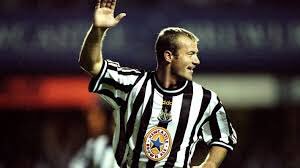I chose a likely looking photograph of a gentleman in a French international jersey, dribbling a heavy paneled ball with his 1960s leathery boots, secured by wide white (possibly yellow) laces that looped around the back of the boot, through a loop near the achilles and wound underneath the instep, tied in a formidable double bow on the instep. No wonder he had strong legs, carrying that stuff around for 90 minutes. He was Leon Glovacki. Here is the postcard:
The financial point I wanted to make a paragraph ago, was that this collector's item cost 8 Euros OR £7.24 for a bloody postcard!! Not even signed. It's almost £1 = Euro 1. Come on Boris.....
Leon was born in 1928 in Libercourt, France, to Polish immigrants. He began his career with a local company team but was soon scouted for Douai in 1947, moving on to Troyes and then Stade Reims for 186 appearances.

Leon had his greatest success with Reims, including two European Champions League Finals, the first in 1956 playing with the mercurial Raymond Kopa, another Frenchman. Reims lost to Real Madrid 4-3 in that final and then lost again to them in the 1959 Final 2-0 when Kopa was on the other side.
Kopa played for Reims between 1951-6 making 179 apps for 54 goals and again in 1959-68, playing 287 times and scoring 42 goals. A creator rather than a finisher. In between he was obviously going to play for Real Madrid.
Real Madrid had a hold on the Trophy for its first five years and have won it 13 times.
Leon also played with Just Fontaine, another brilliant Frenchman, who made his mark with Reims in the 1950-60s, playing 131 times and scoring 122 goals. Fontaine was another French international.
Leon went on to AS Monaco, St Etienne and played for his country between 1953-5, 11 times scoring 3 goals. He also featured in the 1954 World Cup Finals.
He then managed at Dijon, Avignon and Annecy between 1962-69. Leon died in Geneva in 2009.
In the search for historic and interesting detail, who cares?! Bill lent me 3 Euros.
 Raymond Kopa.
Raymond Kopa.






 Guingamp 1912 are the "Coastamoricains" referencing their existence on the Amoricain geological plateau (massif) of the Cotes d'Amor, in north-west France!! Heavy stuff eh? This links up with the granite of South-west England, Cornwall and Devon. And then there is St Malo, the Diables Noirs formed in 1901 and playing in Championship National 2.
Guingamp 1912 are the "Coastamoricains" referencing their existence on the Amoricain geological plateau (massif) of the Cotes d'Amor, in north-west France!! Heavy stuff eh? This links up with the granite of South-west England, Cornwall and Devon. And then there is St Malo, the Diables Noirs formed in 1901 and playing in Championship National 2.
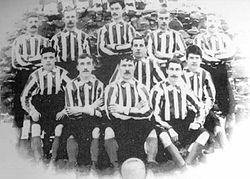 Bury FC 1892
Bury FC 1892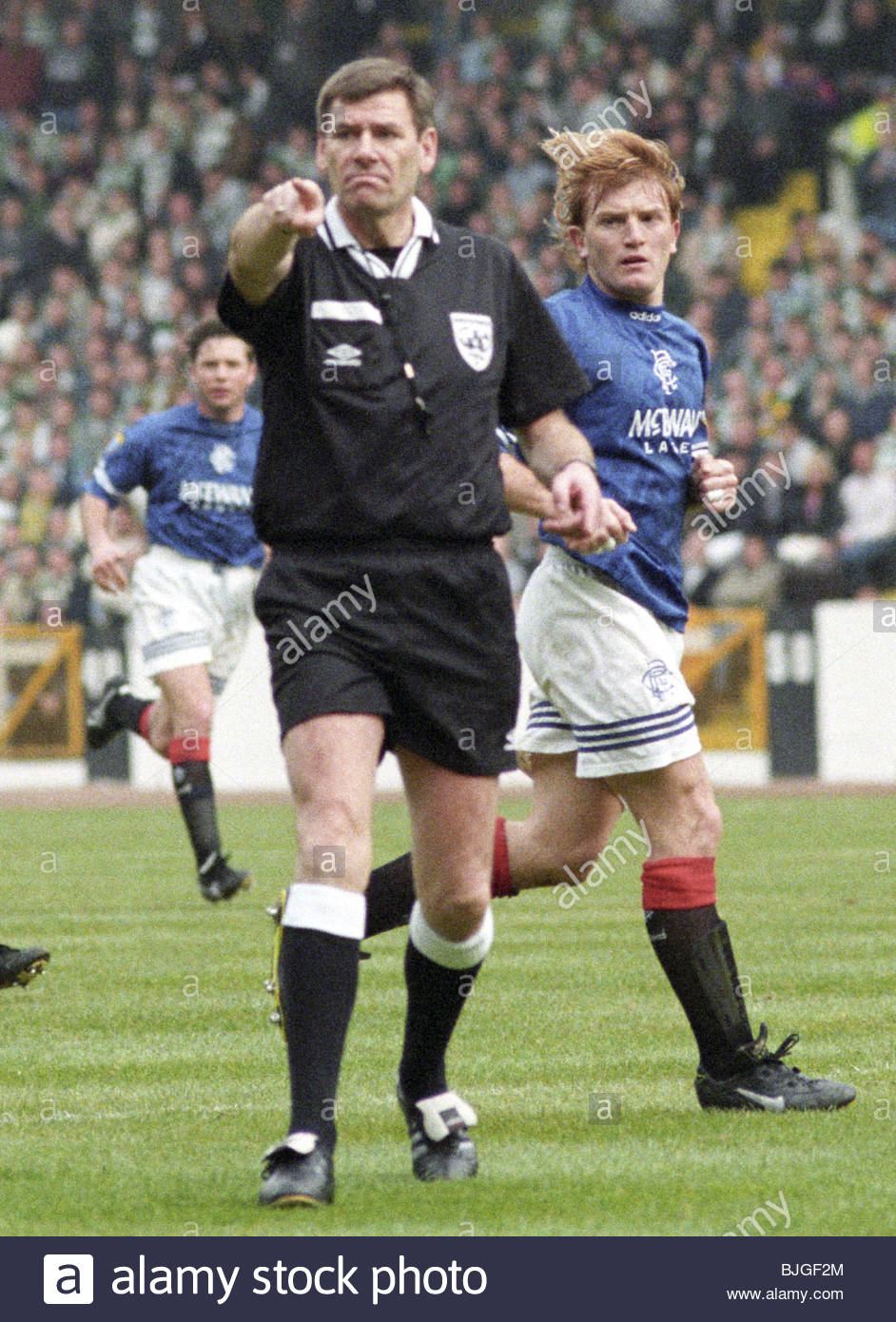
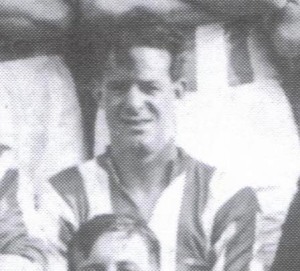

 This is Willie Foulke, a huge man and goalie, who wore a red shirt when playing for Bradford Park Avenue against Accrington Stanley in 1905-6. Stanley of course wear red.
This is Willie Foulke, a huge man and goalie, who wore a red shirt when playing for Bradford Park Avenue against Accrington Stanley in 1905-6. Stanley of course wear red.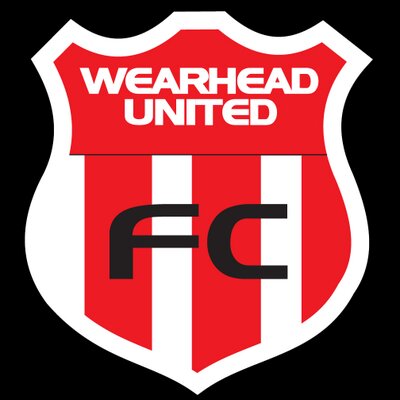 Wearhead Utd FC was regarded as having the highest altitude of any official football club in the country, at 1107 feet above sea level. Some argue that there might be even higher points on the pitch due to its undulation! Some argue their club may be higher above sea level.
Wearhead Utd FC was regarded as having the highest altitude of any official football club in the country, at 1107 feet above sea level. Some argue that there might be even higher points on the pitch due to its undulation! Some argue their club may be higher above sea level.




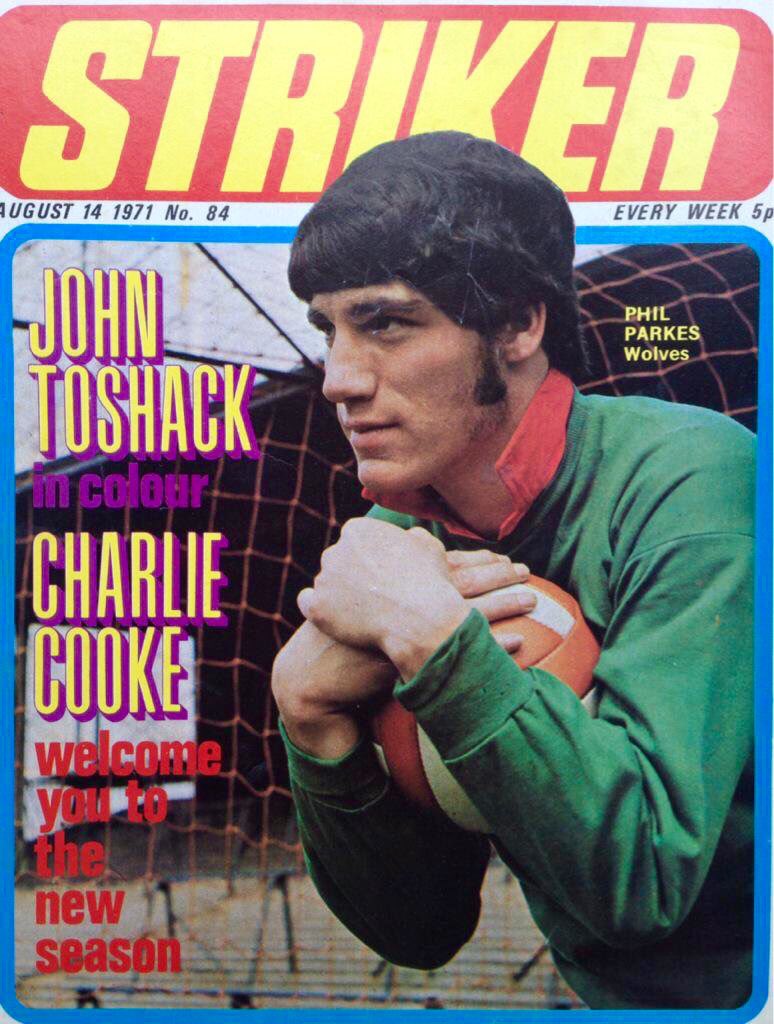 And goalkeeper Phil Parkes was prepared to sport this trimmed "Beatle" and the "burns". Can you name any goalkeepers who wore a mullet?
And goalkeeper Phil Parkes was prepared to sport this trimmed "Beatle" and the "burns". Can you name any goalkeepers who wore a mullet?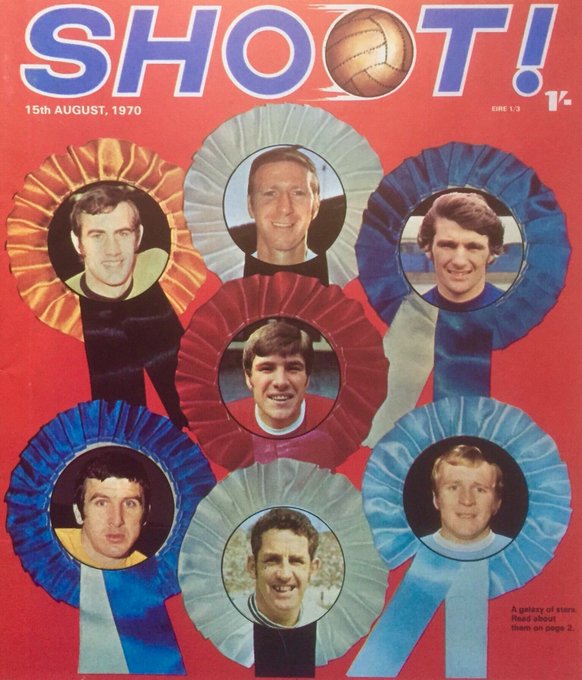 and from Shoot magazine, a few decent barnets! Can you name these shortish back and sides?
and from Shoot magazine, a few decent barnets! Can you name these shortish back and sides?